Whether you’re on an extended road trip across the country or camping out for more than a couple nights, a well-stocked camping pantry is essential to answering life’s eternal question: “What’s for dinner tonight?”
Containers
Before we even get to the food, we’ve got to talk a little about finding the right container to house the pantry. We have custom-made wooden crates that fit perfectly inside our Ford Focus and double as a platform for our bed. Chances are you won’t need custom wood boxes, so here are few other ideas.
Action Packer by Rubbermaid – Before we had our cool wooden crates, we used these heavy-duty plastic containers by Rubbermaid. They are relatively cheap to buy, yet surprisingly durable. We liked them because of the latching feature, top down loading configuration, and rigid sides – which prevent items from getting crushed. They sell them at REI and on Amazon.
Soft Sided Containers – While we haven’t used these personally, we have met some people on the road who keep their pantry items in one of these customizable organizers. They seem fairly durable and come with nice carrying handles.
Classic Milk Crate – We haven’t used these for a pantry per se, but we have plenty of experience with them. Milk crates are great because they can be stacked on top of each other, you can see what’s on the bottom from the side, and they’re pretty cheap. Also, this particular model can be collapsed when not in use.
Soft Sided Containers – While we haven’t used these personally, we have met some people on the road who keep their pantry items in one of these customizable organizers. They seem fairly durable and come with nice carrying handles.
Classic Milk Crate – We haven’t used these for a pantry per se, but we have plenty of experience with them. Milk crates are great because they can be stacked on top of each other, you can see what’s on the bottom from the side, and they’re pretty cheap. Also, this particular model can be collapsed when not in use.
Cooking Oils
Olive Oil – This is our go-to cooking oil. It’s super versatile, has great flavor, and is relatively healthy. We use it to cook with, dip bread in, and re-season our cast iron cookware while we are on the go. (It does, however, have a low smoke point.)
Coconut Oil – With a distinctive tropical flavor, coconut oil can be a nice alternative to olive oil in certain dishes, especially Indian and Thai dishes.
Ghee – Without refrigeration, traveling with butter is out of the question. Ghee – or clarified butter – offers a similar flavor profile to butter, but is shelf-stable and comes in a self-contained jar.
Legumes
Canned White/Black Beans – Great for Mexican style meals
Canned Chickpeas – Great for Middle Eastern and Indian style meals
Dried Red Lentils – Loaded with protein, red lentils are great for making curries and stews.
Recipes using these pantry staples: Black Bean, Sweet Potato & Poblano Tacos, Sweet Potato & Peanut Stew, Chickpea Breakfast Hash, Red Lentil Stew with Kale, Quick & Easy Sausage and Bean Soup, Campfire Nachos
Pasta
Orzo, Angel Hair, and Soba Noodles – These pastas are fast cooking, which allows us to conserve fuel.
Protein Pasta – We recently tried this protein pasta made from lentils and it was amazing. No need for a meat sauce here, all the protein you need is already in the pasta! We’ve also recently seen red lentil pasta at Trader Joe’s.
Recipes using these pantry staples: Vegan Dan Dan Noodles, Revamped Backpacker’s Ramen, Cheesy Asparagus One Pot Orzo, One Pot Pasta with Tomato Sauce, One Pot Protein Pasta, Spicy Orzo Jambalaya, Spicy Tuna Mac & Cheese
How to Stock a Camping Pantry
June 15, 2016
Containers
Before we even get to the food, we’ve got to talk a little about finding the right container to house the pantry. We have custom-made wooden crates that fit perfectly inside our Ford Focus and double as a platform for our bed. Chances are you won’t need custom wood boxes, so here are few other ideas.
Action Packer by Rubbermaid – Before we had our cool wooden crates, we used these heavy-duty plastic containers by Rubbermaid. They are relatively cheap to buy, yet surprisingly durable. We liked them because of the latching feature, top down loading configuration, and rigid sides – which prevent items from getting crushed. They sell them at REI and on Amazon.
Soft Sided Containers – While we haven’t used these personally, we have met some people on the road who keep their pantry items in one of these customizable organizers. They seem fairly durable and come with nice carrying handles.
Classic Milk Crate – We haven’t used these for a pantry per se, but we have plenty of experience with them. Milk crates are great because they can be stacked on top of each other, you can see what’s on the bottom from the side, and they’re pretty cheap. Also, this particular model can be collapsed when not in use.
Before we even get to the food, we’ve got to talk a little about finding the right container to house the pantry. We have custom-made wooden crates that fit perfectly inside our Ford Focus and double as a platform for our bed. Chances are you won’t need custom wood boxes, so here are few other ideas.
Action Packer by Rubbermaid – Before we had our cool wooden crates, we used these heavy-duty plastic containers by Rubbermaid. They are relatively cheap to buy, yet surprisingly durable. We liked them because of the latching feature, top down loading configuration, and rigid sides – which prevent items from getting crushed. They sell them at REI and on Amazon.
Soft Sided Containers – While we haven’t used these personally, we have met some people on the road who keep their pantry items in one of these customizable organizers. They seem fairly durable and come with nice carrying handles.
Classic Milk Crate – We haven’t used these for a pantry per se, but we have plenty of experience with them. Milk crates are great because they can be stacked on top of each other, you can see what’s on the bottom from the side, and they’re pretty cheap. Also, this particular model can be collapsed when not in use.
Soft Sided Containers – While we haven’t used these personally, we have met some people on the road who keep their pantry items in one of these customizable organizers. They seem fairly durable and come with nice carrying handles.
Classic Milk Crate – We haven’t used these for a pantry per se, but we have plenty of experience with them. Milk crates are great because they can be stacked on top of each other, you can see what’s on the bottom from the side, and they’re pretty cheap. Also, this particular model can be collapsed when not in use.
Cooking Oils
Olive Oil – This is our go-to cooking oil. It’s super versatile, has great flavor, and is relatively healthy. We use it to cook with, dip bread in, and re-season our cast iron cookware while we are on the go. (It does, however, have a low smoke point.)
Coconut Oil – With a distinctive tropical flavor, coconut oil can be a nice alternative to olive oil in certain dishes, especially Indian and Thai dishes.
Ghee – Without refrigeration, traveling with butter is out of the question. Ghee – or clarified butter – offers a similar flavor profile to butter, but is shelf-stable and comes in a self-contained jar.
Olive Oil – This is our go-to cooking oil. It’s super versatile, has great flavor, and is relatively healthy. We use it to cook with, dip bread in, and re-season our cast iron cookware while we are on the go. (It does, however, have a low smoke point.)
Coconut Oil – With a distinctive tropical flavor, coconut oil can be a nice alternative to olive oil in certain dishes, especially Indian and Thai dishes.
Ghee – Without refrigeration, traveling with butter is out of the question. Ghee – or clarified butter – offers a similar flavor profile to butter, but is shelf-stable and comes in a self-contained jar.
Legumes
Canned White/Black Beans – Great for Mexican style meals
Canned Chickpeas – Great for Middle Eastern and Indian style meals
Dried Red Lentils – Loaded with protein, red lentils are great for making curries and stews.
Canned White/Black Beans – Great for Mexican style meals
Canned Chickpeas – Great for Middle Eastern and Indian style meals
Dried Red Lentils – Loaded with protein, red lentils are great for making curries and stews.
Recipes using these pantry staples: Black Bean, Sweet Potato & Poblano Tacos, Sweet Potato & Peanut Stew, Chickpea Breakfast Hash, Red Lentil Stew with Kale, Quick & Easy Sausage and Bean Soup, Campfire Nachos
Pasta
Orzo, Angel Hair, and Soba Noodles – These pastas are fast cooking, which allows us to conserve fuel.
Protein Pasta – We recently tried this protein pasta made from lentils and it was amazing. No need for a meat sauce here, all the protein you need is already in the pasta! We’ve also recently seen red lentil pasta at Trader Joe’s.
Orzo, Angel Hair, and Soba Noodles – These pastas are fast cooking, which allows us to conserve fuel.
Protein Pasta – We recently tried this protein pasta made from lentils and it was amazing. No need for a meat sauce here, all the protein you need is already in the pasta! We’ve also recently seen red lentil pasta at Trader Joe’s.
Recipes using these pantry staples: Vegan Dan Dan Noodles, Revamped Backpacker’s Ramen, Cheesy Asparagus One Pot Orzo, One Pot Pasta with Tomato Sauce, One Pot Protein Pasta, Spicy Orzo Jambalaya, Spicy Tuna Mac & Cheese

Grains
Rice – We carry white rice (basmati or jasmine) and Minute Brown Rice. If we’re making a paella or curry dish, there just no substitute for white rice. But the brown rice is a healthier alternative. We didn’t know this until recently, but Minute brown rice is actually a pretty healthy form of rice, as it’s lowest on the Glycemic Index. The steaming process used to parboil the rice reduces the glycemic levels significantly. Plus it’s super fast to make.
Rolled Oats – This is our go-to breakfast. Combined with other pantry items like: seeds, nut butter, maple syrup. And if you’ve got some fresh fruit throw that in there too!
Polenta – This can be served as a sweet morning porridge or as a savory evening meal.
Rice – We carry white rice (basmati or jasmine) and Minute Brown Rice. If we’re making a paella or curry dish, there just no substitute for white rice. But the brown rice is a healthier alternative. We didn’t know this until recently, but Minute brown rice is actually a pretty healthy form of rice, as it’s lowest on the Glycemic Index. The steaming process used to parboil the rice reduces the glycemic levels significantly. Plus it’s super fast to make.
Rolled Oats – This is our go-to breakfast. Combined with other pantry items like: seeds, nut butter, maple syrup. And if you’ve got some fresh fruit throw that in there too!
Polenta – This can be served as a sweet morning porridge or as a savory evening meal.
Recipes using these pantry staples: Artichoke Poblano Paella, Johnny Appleseed Oatmeal, Fruit & Toasted Oat Yogurt Bowls, Date & Honey Breakfast Polenta, Skillet Cornbread, Backcountry Fried Rice, Bruleed Banana Oatmeal, Thai Red Curry with Coconut Peanut Sauce, Coconut Chia Oatmeal
Vegetables
Dehydrated Just Veggies – It can be hard to incorporate vegetables into your camping diet, but these dehydrated veggies can be easily added to rice, pasta, soups, and a variety of other meals. If we aren’t able to make it to a grocery store and we’ve used all our fresh produce, we are always grateful to have these on hand. They are also great for building backpacking meals!
Canned Vegetables – We usually carry canned tomatoes, green chiles, and sometimes artichoke hearts. With just a couple of canned vegetables on hand, you can dramatically increase the variety of meals you can create.
Dehydrated Just Veggies – It can be hard to incorporate vegetables into your camping diet, but these dehydrated veggies can be easily added to rice, pasta, soups, and a variety of other meals. If we aren’t able to make it to a grocery store and we’ve used all our fresh produce, we are always grateful to have these on hand. They are also great for building backpacking meals!
Canned Vegetables – We usually carry canned tomatoes, green chiles, and sometimes artichoke hearts. With just a couple of canned vegetables on hand, you can dramatically increase the variety of meals you can create.
Recipes using these pantry staples: Artichoke & Poblano Paella, Sweet Potato & Peanut Stew, Red Lentil Stew with Kale,One Pot Pasta with Tomato Sauce, Shakshuka, Backcountry Fried Rice, Revamped Backpacker’s Ramen,Spicy Orzo Jambalaya, Thai Red Curry with Coconut Peanut Sauce
Meats / Meat Substitutes
Canned Fish – We use these to make cheesy tuna mac n cheese, curry salmon pita pockets, and sardines on toast. Lots of different options.
Shelf-Stable Tofu – For Asian dishes and breakfast scrambles, we occasionally use this shelf stable tofu as a protein source.
Shelf-Stable Seitan – A great non-soy vegan protein. We’ve found this at natural foods stores and Whole Foods markets.
Canned Fish – We use these to make cheesy tuna mac n cheese, curry salmon pita pockets, and sardines on toast. Lots of different options.
Shelf-Stable Tofu – For Asian dishes and breakfast scrambles, we occasionally use this shelf stable tofu as a protein source.
Shelf-Stable Seitan – A great non-soy vegan protein. We’ve found this at natural foods stores and Whole Foods markets.
Recipes using these pantry staples: Vegan Tofu Scramble Breakfast Burrito, Vegan Seitan Kebabs, Spicy Tuna Mac & Cheese
Herbs & Spices
Since we run a camp cooking blog, we actually roll with a full spice rack. Chances are you don’t need saffron, but here are some essentials that will provide a good amount of variety.
Salt + Pepper
Italian Blend
Mexican Fajita Blend
Indian Curry Blend
Nutritional Yeast – This is a great vegan alternative to cheese (also doesn’t need to be refrigerated). We use this to make mac n “cheese”, potato hash browns, and a variety of other dishes that we want to have a cheesy quality.
Fresh Garlic – There are very few recipes we make that don’t call for a couple cloves of garlic.
Since we run a camp cooking blog, we actually roll with a full spice rack. Chances are you don’t need saffron, but here are some essentials that will provide a good amount of variety.
Salt + Pepper
Italian Blend
Mexican Fajita Blend
Indian Curry Blend
Nutritional Yeast – This is a great vegan alternative to cheese (also doesn’t need to be refrigerated). We use this to make mac n “cheese”, potato hash browns, and a variety of other dishes that we want to have a cheesy quality.
Fresh Garlic – There are very few recipes we make that don’t call for a couple cloves of garlic.
Sweeteners
Maple Syrup – Great for pancakes, oatmeal, and even making cocktails.
Honey – Another great sweetener that won’t go bad and can be used for just about anything.
Maple Syrup – Great for pancakes, oatmeal, and even making cocktails.
Honey – Another great sweetener that won’t go bad and can be used for just about anything.
Recipes using these pantry staples: Pancakes with Peaches and Pecans, Johnny Appleseed Oatmeal, Date and Honey Breakfast Polenta, Hot Toddy, Breakfast Sandwiches with Sriracha Honey Sauce
Seeds, Nuts, and Spreads
Chia / Hemp / Flax Seeds – Take your pick or combine them all together. Seeds are a great way to add protein and texture to a meal.
Peanut Butter – Michael likes Peanut Butter.
Almond Butter – Megan likes Almond Butter.
Chia / Hemp / Flax Seeds – Take your pick or combine them all together. Seeds are a great way to add protein and texture to a meal.
Peanut Butter – Michael likes Peanut Butter.
Almond Butter – Megan likes Almond Butter.
Recipes using these pantry staples: Sweet Potato & Peanut Stew, Johnny Appleseed Oatmeal, Vegan Dan Dan Noodles, Thai Red Curry with Coconut Peanut Sauce, Coconut Chia Oatmeal
Condiments
Sriracha – To add heat
Liquid Aminos or Soy Sauce – To add savory
Red Wine Vinegar – To add brightness
Sriracha – To add heat
Liquid Aminos or Soy Sauce – To add savory
Red Wine Vinegar – To add brightness






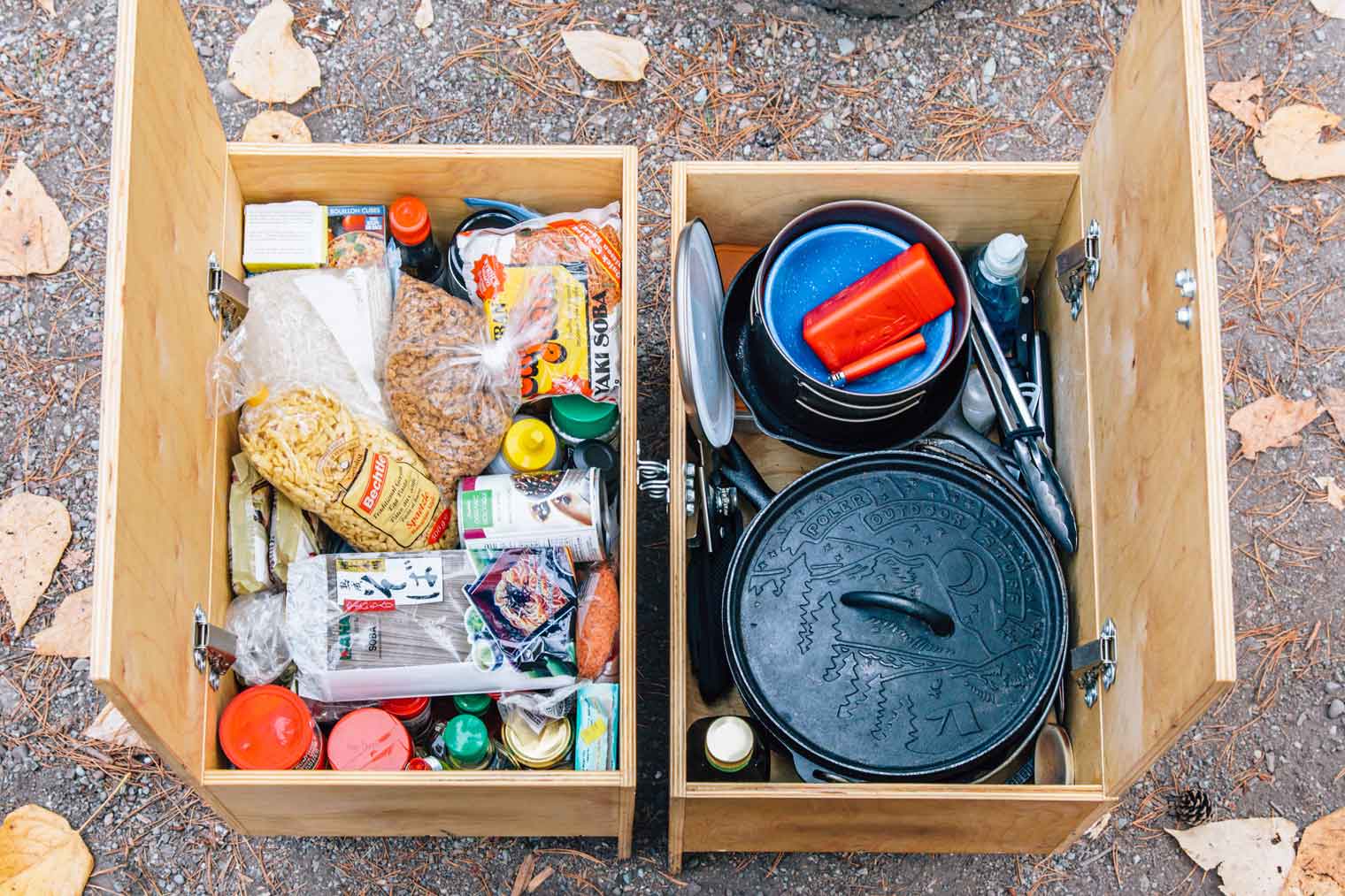
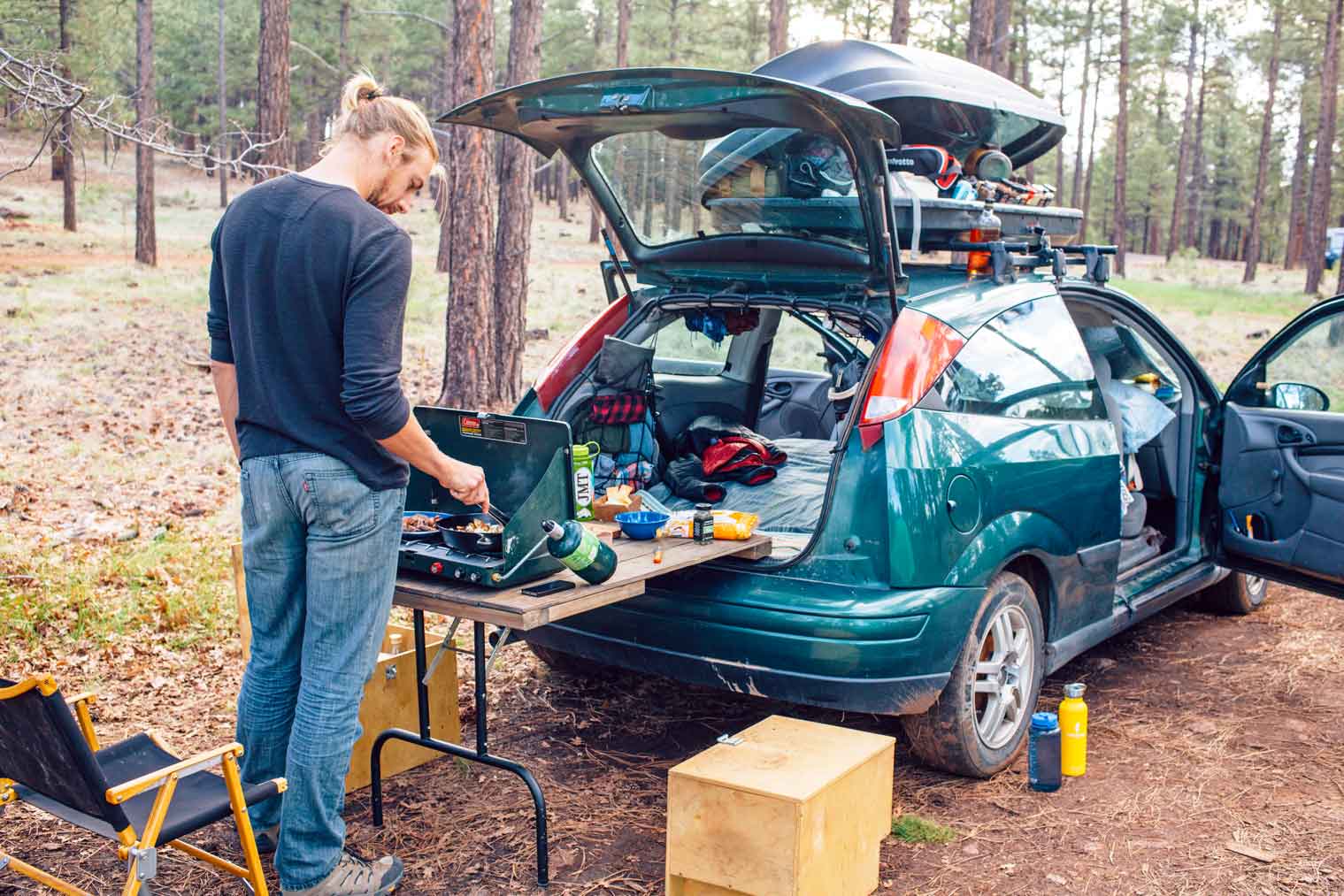
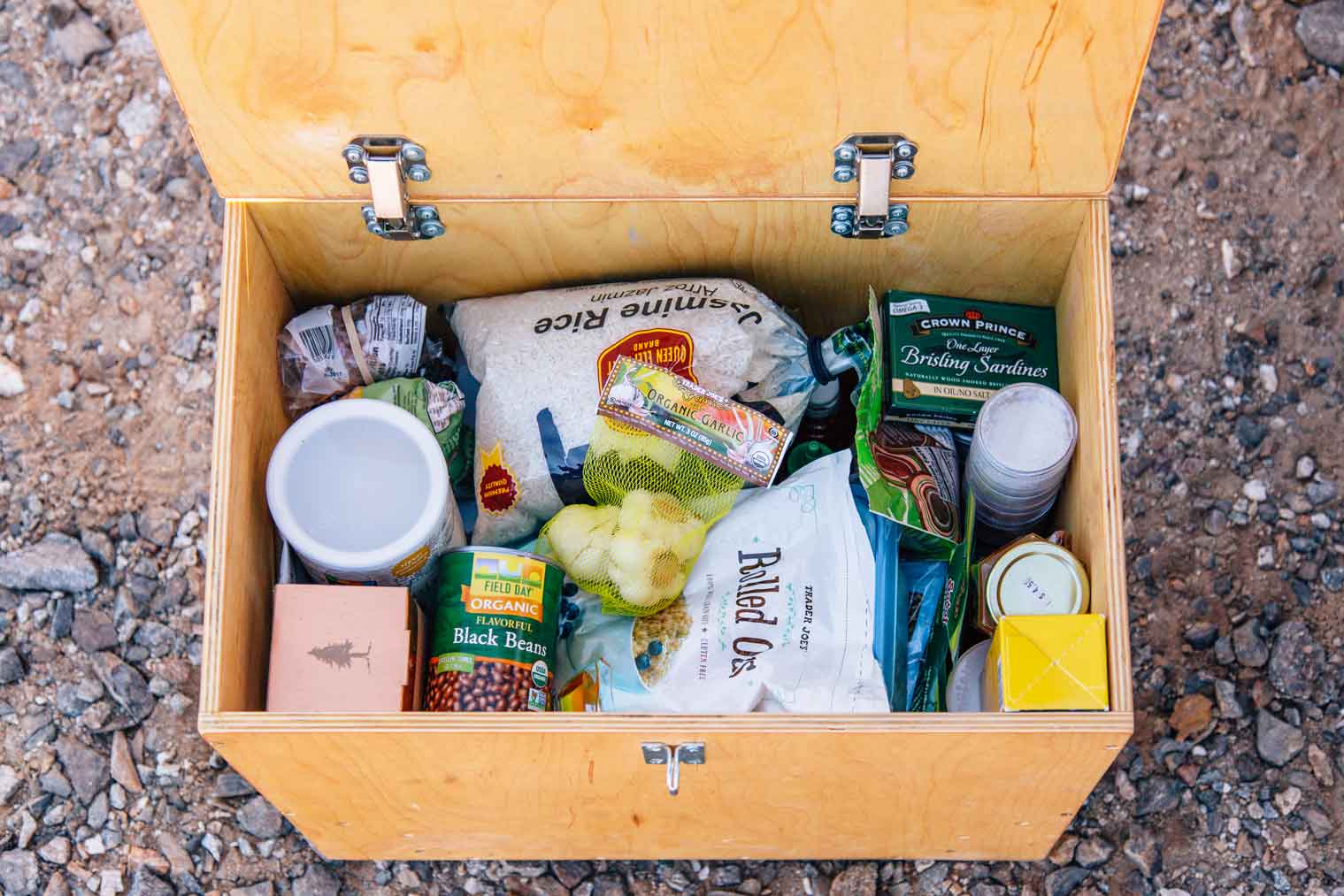 (Many of the following links are affiliate links, which simply means if you choose to make a purchase, we’ll make a small commission at no additional cost to you, which helps support our site.)
(Many of the following links are affiliate links, which simply means if you choose to make a purchase, we’ll make a small commission at no additional cost to you, which helps support our site.)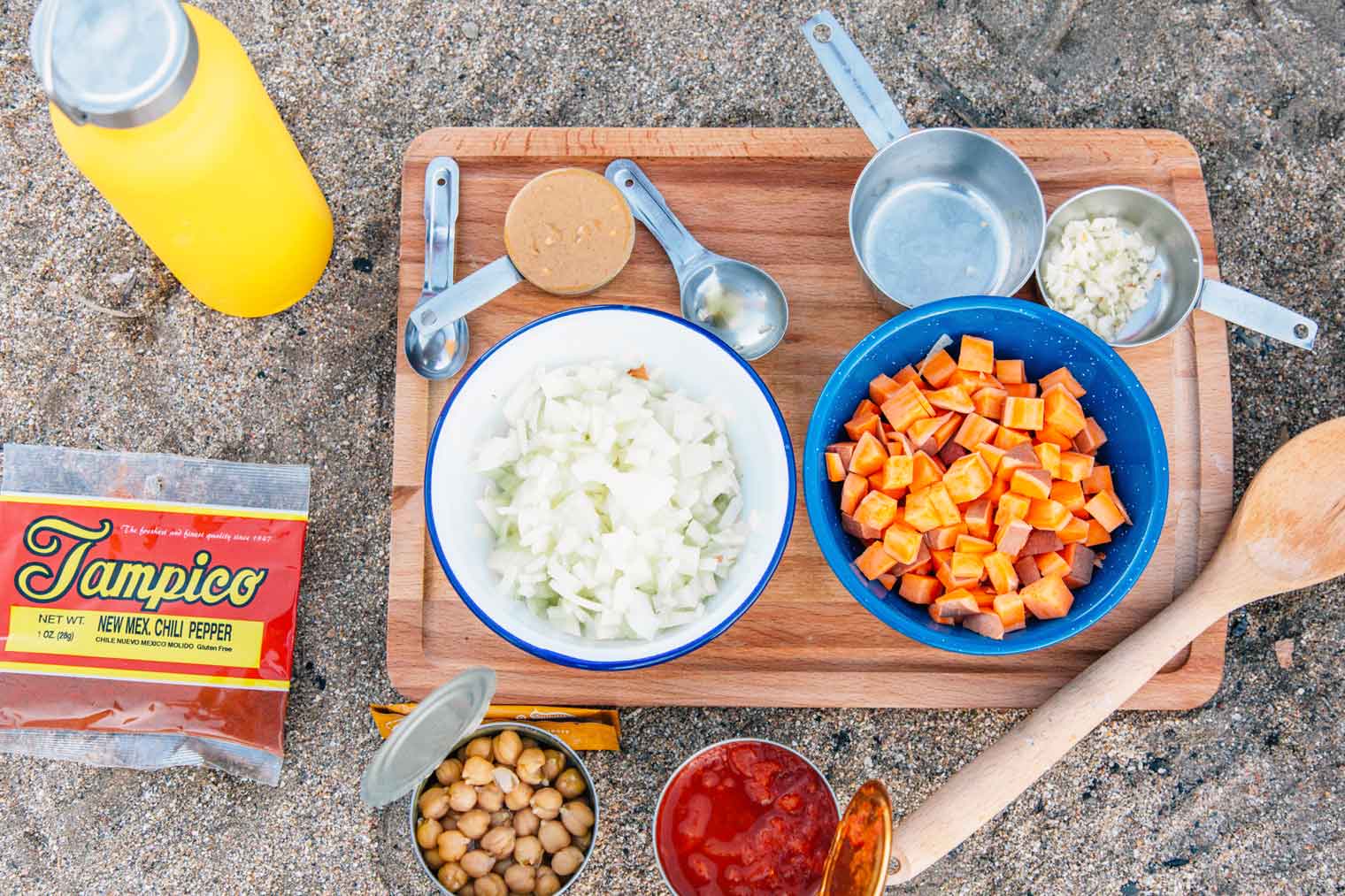
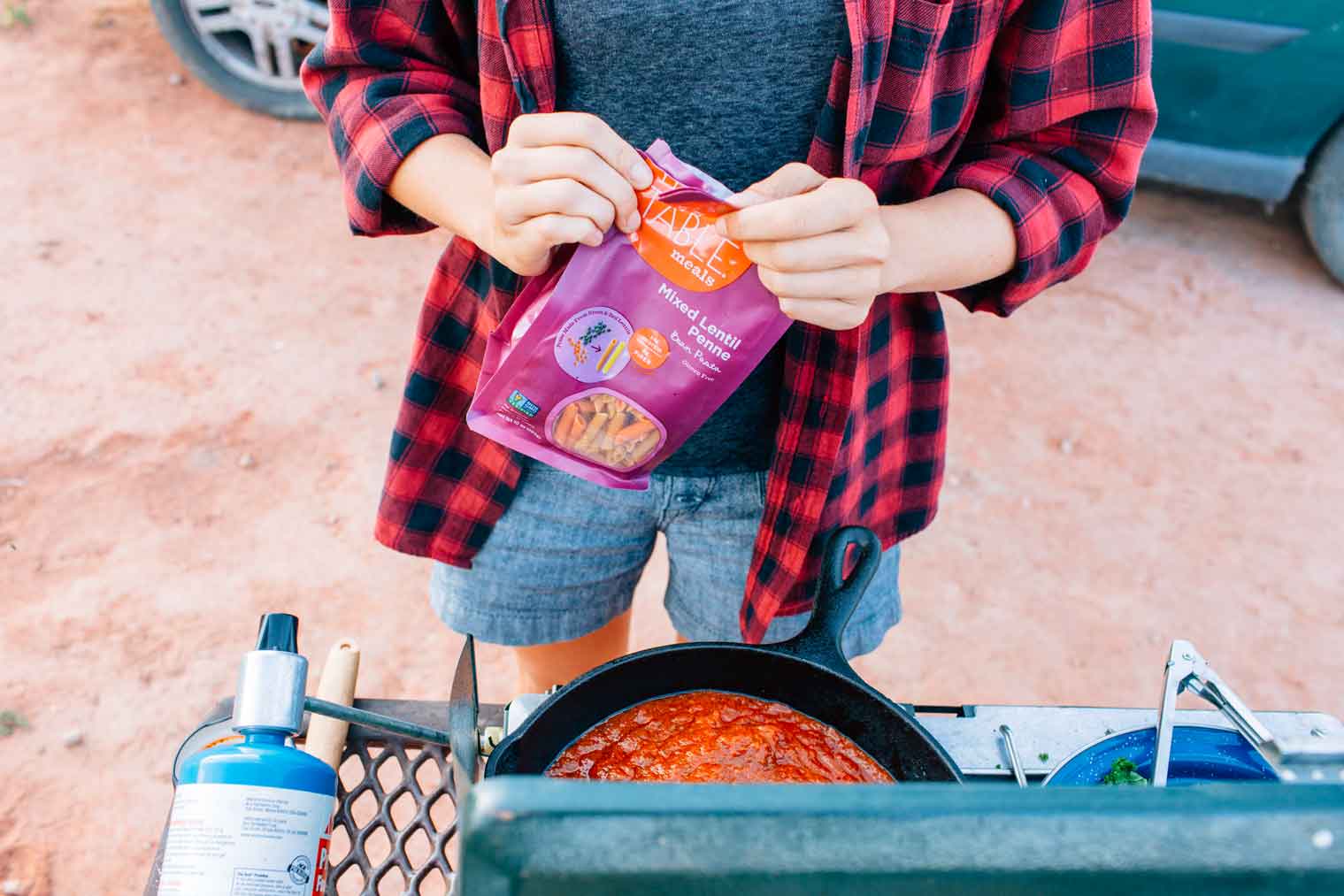













0 commentaires:
Enregistrer un commentaire